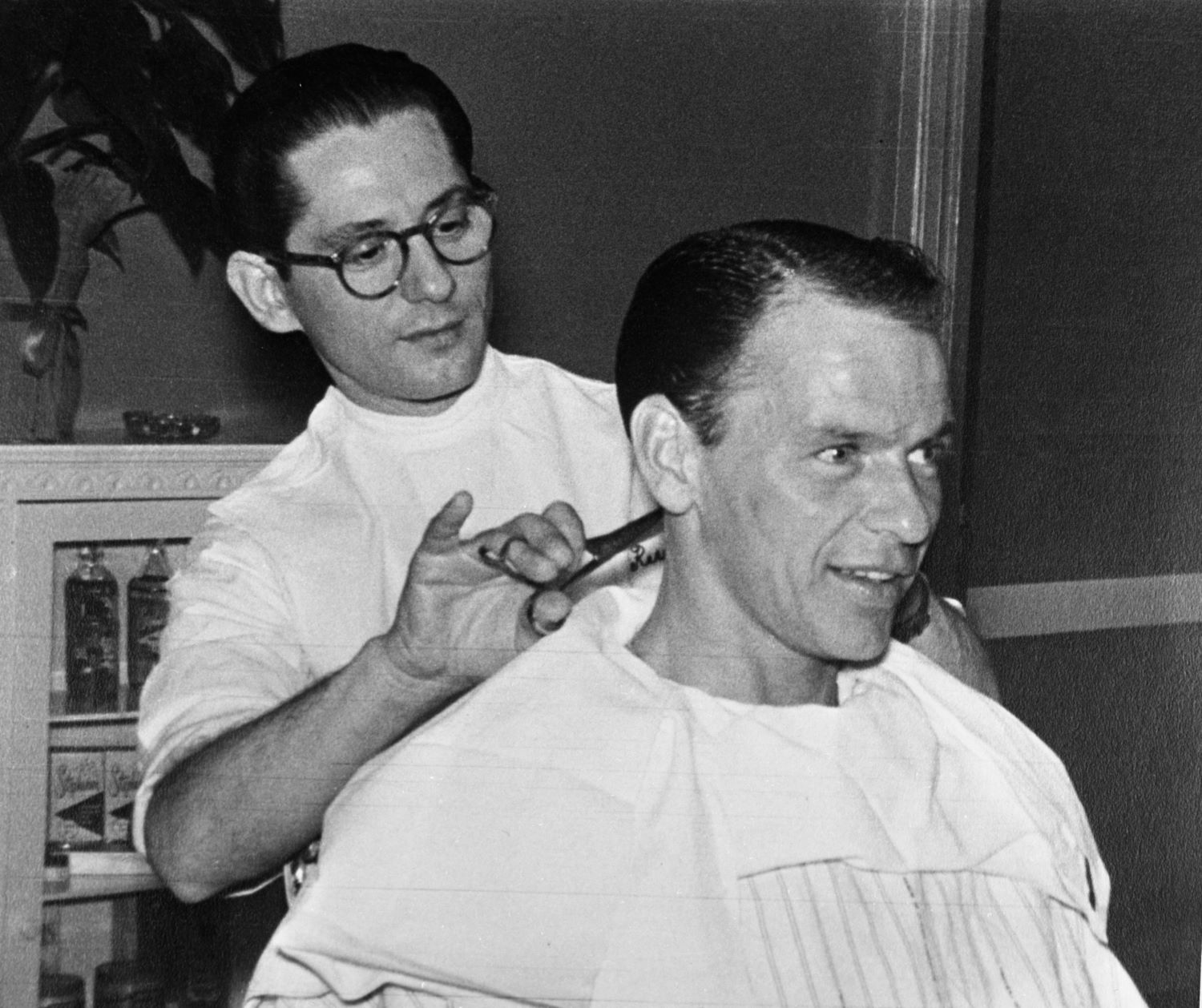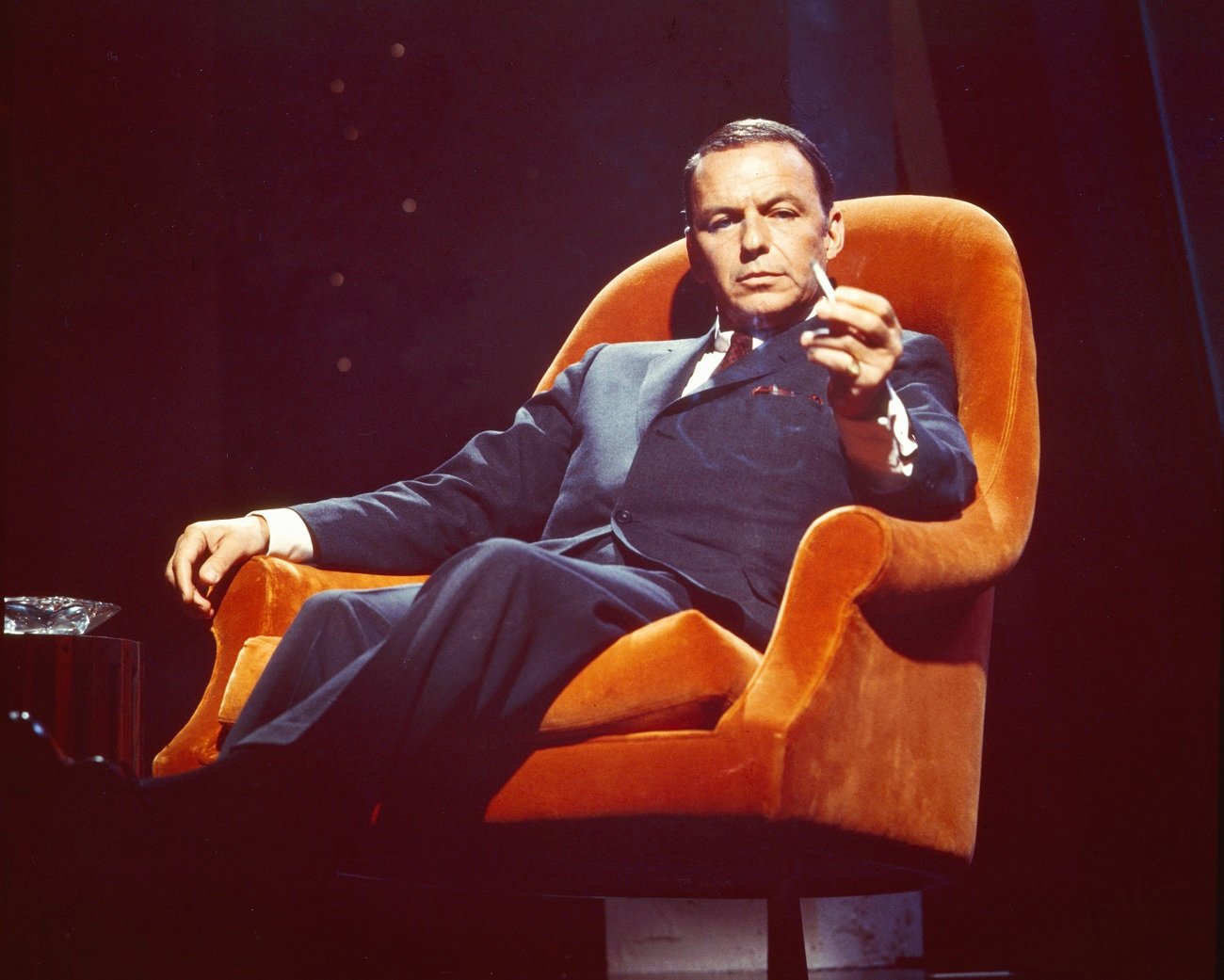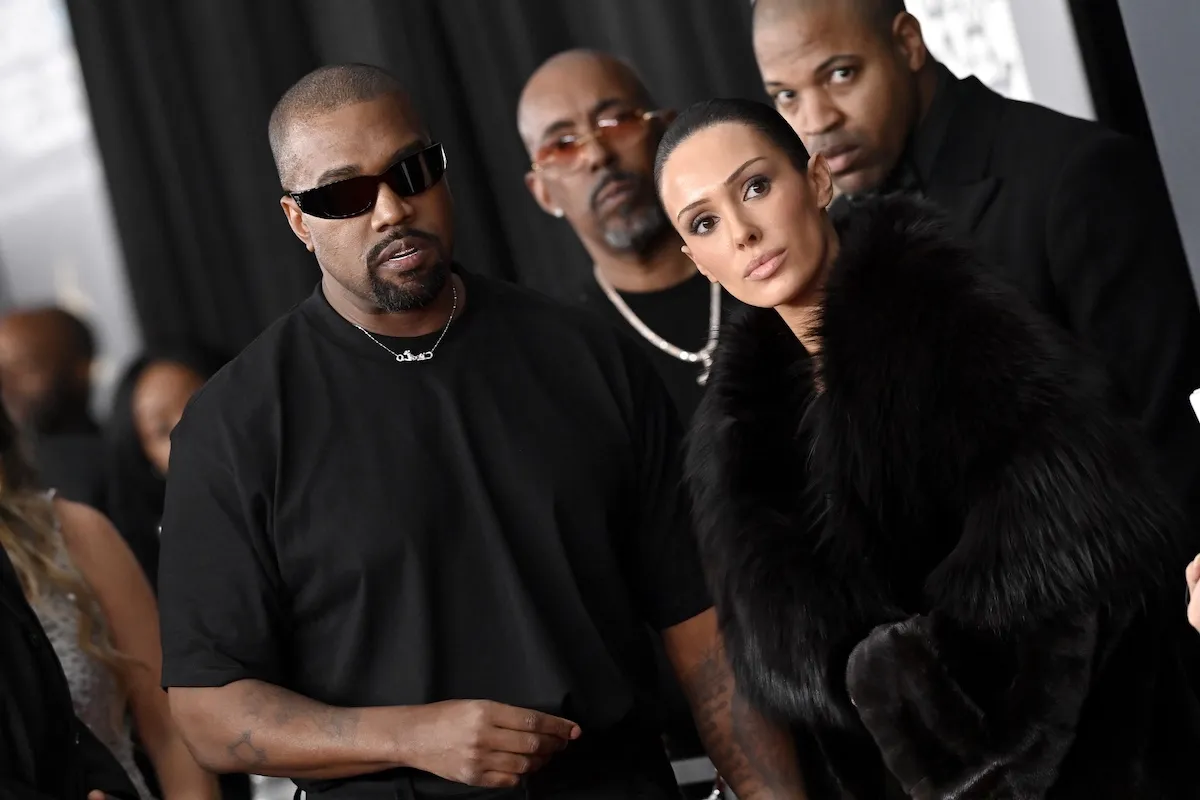
Frank Sinatra Spent $20,000 a Year on a Professional Hairpiece Carrier
According to his friends, Frank Sinatra had strict standards about how he looked. He wore impeccable suits, maintained stringent hygiene practices, and ensured his hair remained neat and perfectly in place. As his hair began to thin, however, this required toupees. He had an impressive collection of hairpieces at home, but he wanted to make sure he had extras on hand. He hired a woman to carry his hairpieces around with her. For this job, Sinatra paid handsomely.

Frank Sinatra was very particular about his appearance
Though Sinatra often stayed up drinking and gambling until the early hours of the morning, he never wanted to look as if he had. His longtime friend Shirley MacLaine said that she was “fascinated by the spectacle of [Sinatra and Dean Martin] primping for a night out.”
“They splashed on their cologne, each dousing himself with his favorite brand (Fabergé’s Woodhue for Dean),” she wrote in My Lucky Stars: A Hollywood Memoir, per Vanity Fair. “Their white shirts were crisp and new, the ties well chosen, the suits expensive and impeccably tailored.”
She wondered why cleanliness was paramount to people like Sinatra.
“Why was it that they who consorted with gangster types and worked hard at entertaining people insisted on being perceived as so clean?” she wrote. “It was a fundamental obsession with them and one that endlessly fascinated me.”
He hired a woman to carry around his wigs for him
Like many other celebrities, Sinatra wore a hairpiece. He hired a woman to follow him, hauling roughly 30 of his hairpieces in a bag, just in case.
“He also wore, as everybody seemed to know, a remarkably convincing black hairpiece, one of 60 that he owns, most of them under the care of an inconspicuous little gray-haired lady who, holding his hair in a tiny satchel, follows him around whenever he performs,” wrote Gay Talese in the 1966 article “Frank Sinatra Has a Cold,” per Creative Nonfiction. “She earns $400 a week.”
Talese provided further insight into the woman, Helen Turpin, in a 2011 letter to The Atlantic.
“I was astonished to hear that Sinatra had such an employee, and she replied that she’d been doing the job for three years, and that he paid her $80 a day, and it ended up being on average $400 week, or about twenty grand a year — not a bad living, she added, since it consisted of nothing more arduous than carrying 30 or so hairpieces around in her satchel,” he wrote. “She let me peek into the satchel, and she added that Sinatra himself had another 30 hairpieces that he himself kept for use when she was not around.”
Turpin explained that she accompanied Sinatra to most professional venues, including movie sets, concerts, and nightclubs. To put it into perspective, $20,000 in 1965, when Talese met Turpin, roughly equates to $180,000 in 2022.
Those who knew Frank Sinatra said his hairpieces declined in quality toward the end of his life
Sinatra may have paid well for the safe transport of his hairpieces, but those who knew him said his toupee quality declined over time.
“He used to have some exceptionally good hairpieces,” Jerry Roman, the man who worked on Sinatra’s hair for The Manchurian Candidate, said per Mental Floss. “But later on he got very sloppy. In his last five years he went into a synthetic piece which really did not look very natural.”


